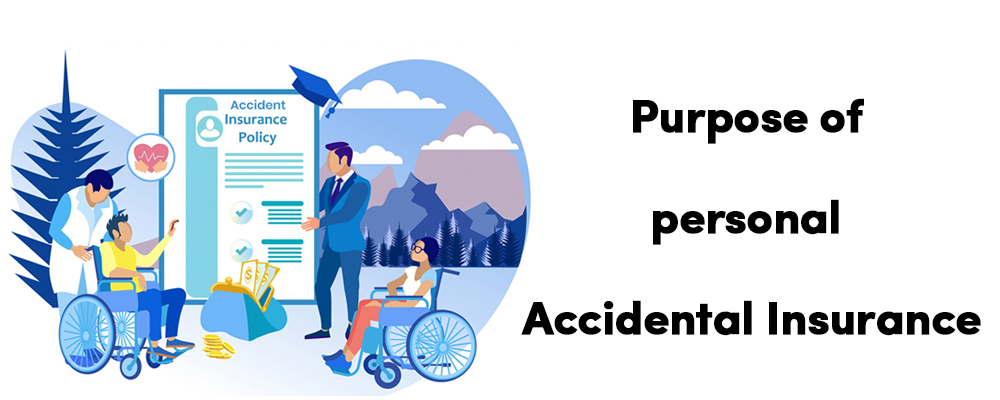Pacific Prime Fundamentals Explained
Table of ContentsThe 3-Minute Rule for Pacific PrimeNot known Details About Pacific Prime Everything about Pacific PrimeSome Known Facts About Pacific Prime.9 Easy Facts About Pacific Prime Shown

This is because the data were collected for a duration of solid economic performance. Of the approximated 42 million people that were without insurance, all however about 420,000 (regarding 1 percent) were under 65 years old, the age at which most Americans become qualified for Medicare; 32 million were grownups between ages 18 and 65, about 19 percent of all grownups in this age; and 10 million were kids under 18 years old, concerning 13.9 percent of all children (Mills, 2000).
These estimates of the number of persons without insurance are generated from the annual March Supplement to the Current Population Study (CPS), conducted by the Census Bureau. Unless otherwise kept in mind, national estimates of individuals without health insurance coverage and percentages of the populace with different sort of coverage are based on the CPS, the most extensively used resource of estimates of insurance policy coverage and uninsurance rates.
The Main Principles Of Pacific Prime

Still, the CPS is especially beneficial because it generates annual price quotes fairly quickly, reporting the previous year's insurance coverage approximates each September, and because it is the basis for a constant set of quotes for more than twenty years, permitting for evaluation of patterns in coverage over time. For these reasons, in addition to the considerable use the CPS in other studies of insurance protection that exist in this report, we rely upon CPS estimates, with restrictions noted.

The quote of the number of without insurance people increases when a populace's insurance coverage standing is tracked for a number of years. Over a three-year period starting early in 1993, 72 million individuals, 29 percent of the U.S. https://padlet.com/pacificpr1me/my-harmonious-padlet-xyem37dpr2sq1yce. population, were without coverage for at least one month. Within a single year (1994 ), 53 million individuals experienced at the very least a month without insurance coverage (Bennefield, 1998a)
6 out of every 10 uninsured adults are themselves used. Although functioning does boost the likelihood that one and one's relative will certainly have insurance, it is not a guarantee. Also members of families with two full-time wage earners have practically a one-in-ten chance of being without insurance (9.1 percent uninsured price) (Hoffman and Pohl, 2000).
5 Easy Facts About Pacific Prime Explained
New immigrants make up a significant percentage of individuals without health insurance policy. One analysis has connected a significant section of the recent growth in the size of the U.S. uninsured population to immigrants that got here in the country between 1994 and 1998 (Camarota and Edwards, 2000). Recent immigrants (those who concerned the USA within the past 4 years) do have a high price of being uninsured (46 Read Full Report percent), but they and their youngsters account for simply 6 percent of those without insurance country wide (Holahan et al., 2001).
The relationship in between health insurance and accessibility to care is well established, as documented later on in this chapter. The connection between health and wellness insurance policy and wellness end results is neither straight nor simple, a substantial clinical and health and wellness solutions research study literary works links health insurance coverage to enhanced accessibility to care, much better high quality, and improved personal and population health and wellness standing.
Levels of evaluation for analyzing the impacts of uninsurance. This discussion of wellness insurance policy coverage focuses primarily on the united state population under age 65 due to the fact that basically all Americans 65 and older have Medicare or various other public insurance coverage. Additionally, it focuses particularly on those with no health insurance policy for any kind of size of time.
The Ultimate Guide To Pacific Prime
The troubles dealt with by the underinsured are in some aspects comparable to those encountered by the without insurance, although they are usually less extreme. Health and wellness insurance coverage, however, is neither necessary nor enough to acquire access to medical solutions. The independent and direct impact of wellness insurance coverage on access to health and wellness solutions is well established.
Others will get the health treatment they require also without medical insurance, by spending for it out of pocket or seeking it from suppliers who provide treatment complimentary or at very subsidized prices. For still others, medical insurance alone does not make certain invoice of treatment due to various other nonfinancial barriers, such as a lack of wellness treatment service providers in their neighborhood, limited access to transport, illiteracy, or etymological and social distinctions.
The Ultimate Guide To Pacific Prime
Official study regarding without insurance populaces in the USA dates to the late 1920s and early 1930s when the Committee on the Price of Healthcare generated a series of reports about funding physician workplace brows through and hospitalizations. This concern ended up being prominent as the numbers of clinically indigent climbed during the Great Anxiety.